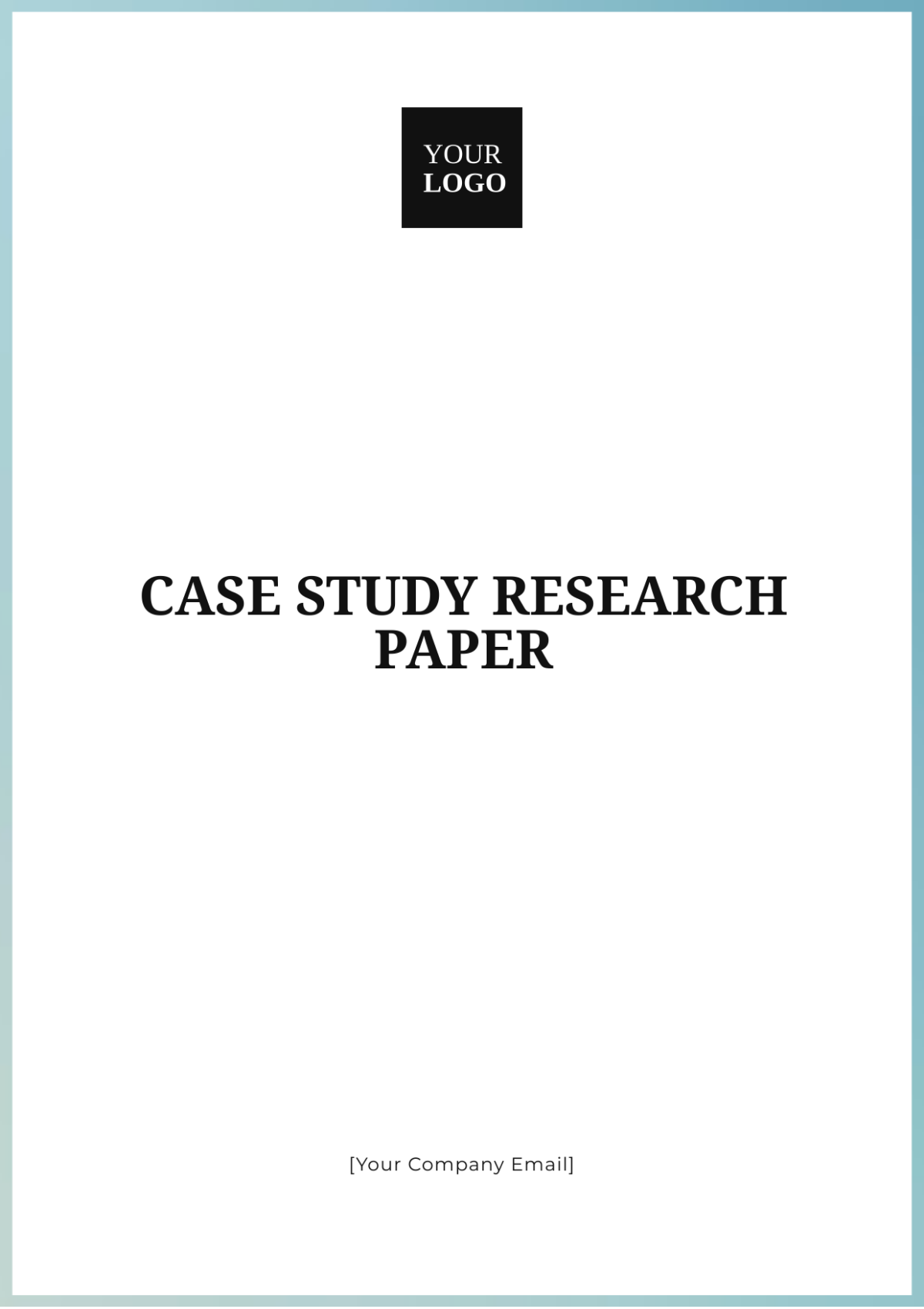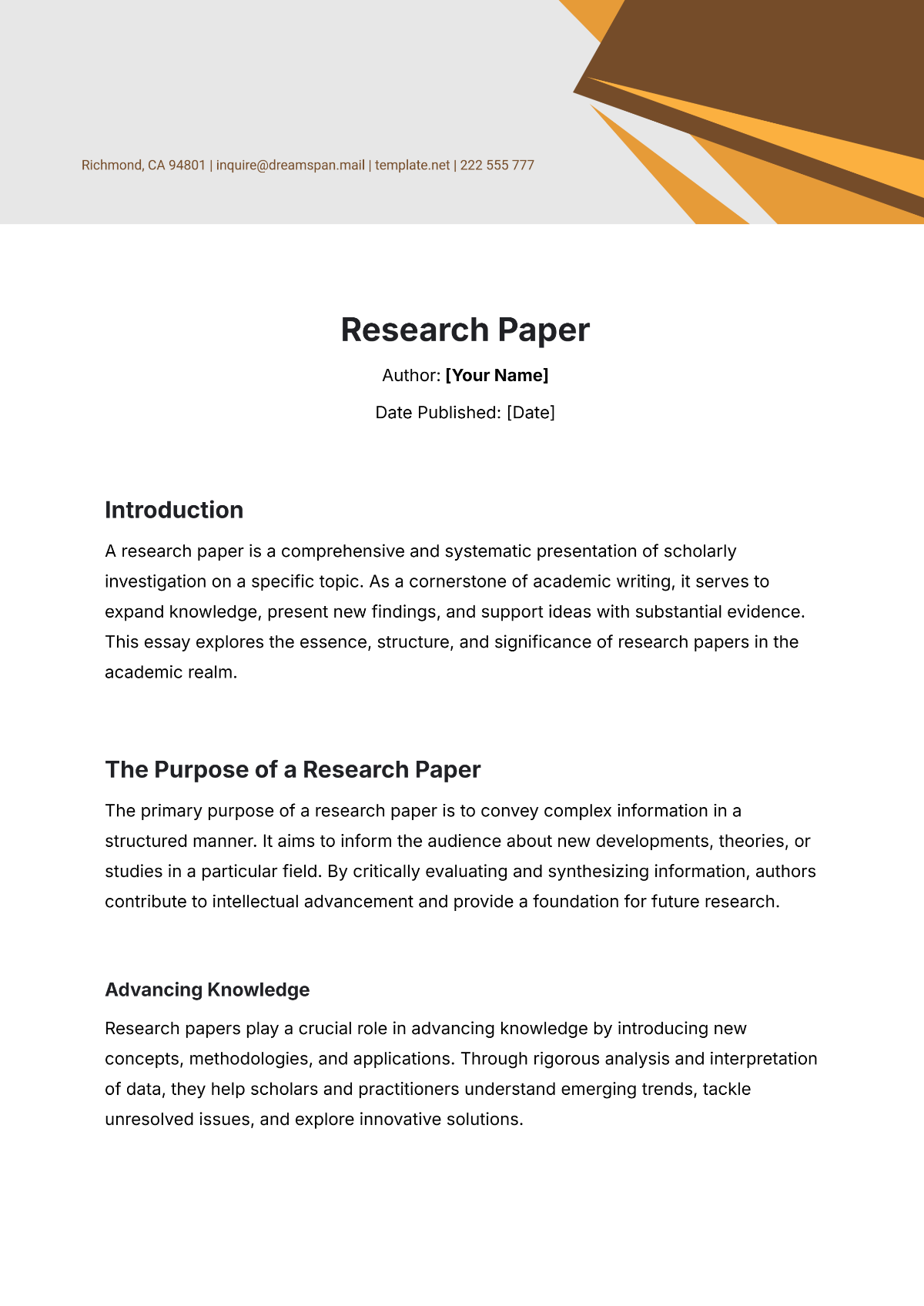Mathematics Research Paper
Prepared By: [Your Name]
Abstract
This paper explores the distinctive characteristics of non-Euclidean geometries, focusing on hyperbolic and elliptic geometries. We examine their foundational deviations from Euclidean geometry, their implications in various scientific fields such as physics and cosmology, and their practical applications. Our analysis underscores the role of non-Euclidean geometries in expanding our understanding of spatial structures and physical laws.
I. Introduction
Euclidean geometry, named after the ancient Greek mathematician Euclid, is grounded in five axioms, the most famous being the parallel postulate, which states that given a line and a point not on the line, there is exactly one line through the point that is parallel to the given line. For centuries, Euclidean geometry served as the primary framework for understanding space and shape. However, the 19th-century development of non-Euclidean geometries by mathematicians such as Nikolai Lobachevsky, János Bolyai, and Bernhard Riemann challenged this traditional view, introducing new ways to conceptualize geometry. This paper aims to investigate these non-Euclidean systems, exploring their foundational principles, historical evolution, and applications in various domains.
II. Background
A. Euclidean Geometry
Euclidean geometry is based on Euclid’s five postulates, which include:
A straight line can be drawn between any two points.
A finite straight line can be extended continuously in a straight line.
A circle can be drawn with any center and radius.
All right angles are equal.
If two lines are cut by a transversal and the interior angles on the same side of the transversal are less than two right angles, then the lines meet on that side when extended.
The parallel postulate, the fifth axiom, was the subject of intense scrutiny, leading to the development of non-Euclidean geometries.
B. Non-Euclidean Geometries
Non-Euclidean geometries arise by modifying or rejecting the parallel postulate. The primary types are:
Hyperbolic Geometry: Proposed independently by Lobachevsky and Bolyai, this geometry is characterized by a space with constant negative curvature. In hyperbolic geometry, the sum of the angles of a triangle is less than 180 degrees. The space is represented by models such as the Poincaré disk model or the hyperboloid model.
Elliptic Geometry: Developed by Riemann, this geometry features a space with constant positive curvature. In elliptic geometry, the sum of the angles of a triangle exceeds 180 degrees. A common model for elliptic geometry is the surface of a sphere, where all lines (great circles) intersect.
III. Properties of Non-Euclidean Geometries
A. Hyperbolic Geometry
Hyperbolic geometry exhibits several unique properties:
Angle Sum: The sum of the angles in a triangle is less than 180 degrees, with the exact deficit proportional to the area of the triangle.
Parallel Lines: Through any point not on a given line, there are infinitely many lines that do not intersect the given line, demonstrating the divergence of parallel lines.
Geodesics: The shortest paths between points, called geodesics, are represented by curves rather than straight lines, which are typically hyperbolas in standard models.
B. Elliptic Geometry
Elliptic geometry also has distinct characteristics:
Angle Sum: The sum of the angles in a triangle exceeds 180 degrees, with the excess proportional to the area of the triangle.
No Parallel Lines: There are no parallel lines in elliptic geometry, as all lines (great circles on a sphere) intersect.
Curvature: The space has positive curvature, which affects the behavior of geometric figures and the measurement of distances.
IV. Applications
A. In Physics
Non-Euclidean geometries are fundamental in modern physics, particularly in the theory of General Relativity. Einstein’s theory describes gravity as the curvature of space-time caused by mass and energy. The geometric framework used to model this curvature is Riemannian geometry, a type of non-Euclidean geometry. This approach has led to profound insights into the nature of gravity, black holes, and cosmological models of the universe.
B. In Computer Science
In computer science, non-Euclidean geometries, especially hyperbolic geometry, are employed in various applications:
Computer Graphics: Hyperbolic geometry is used to create realistic models of complex surfaces and to visualize high-dimensional data.
Network Theory: Hyperbolic models are used to analyze and optimize network structures, including social networks and internet topology, due to their efficiency in representing hierarchical and scale-free networks.
Data Visualization: Hyperbolic space allows for the effective visualization of large datasets by preserving distances and relationships in a compact space.
V. Conclusion
Non-Euclidean geometries have transformed our understanding of space and shape, providing valuable insights into both theoretical and practical domains. Their implications in physics, particularly in the context of General Relativity, and their applications in computer science highlight their significance in advancing our knowledge and technology. Continued research into these geometries promises to further expand our comprehension of the universe and its underlying principles.

















































